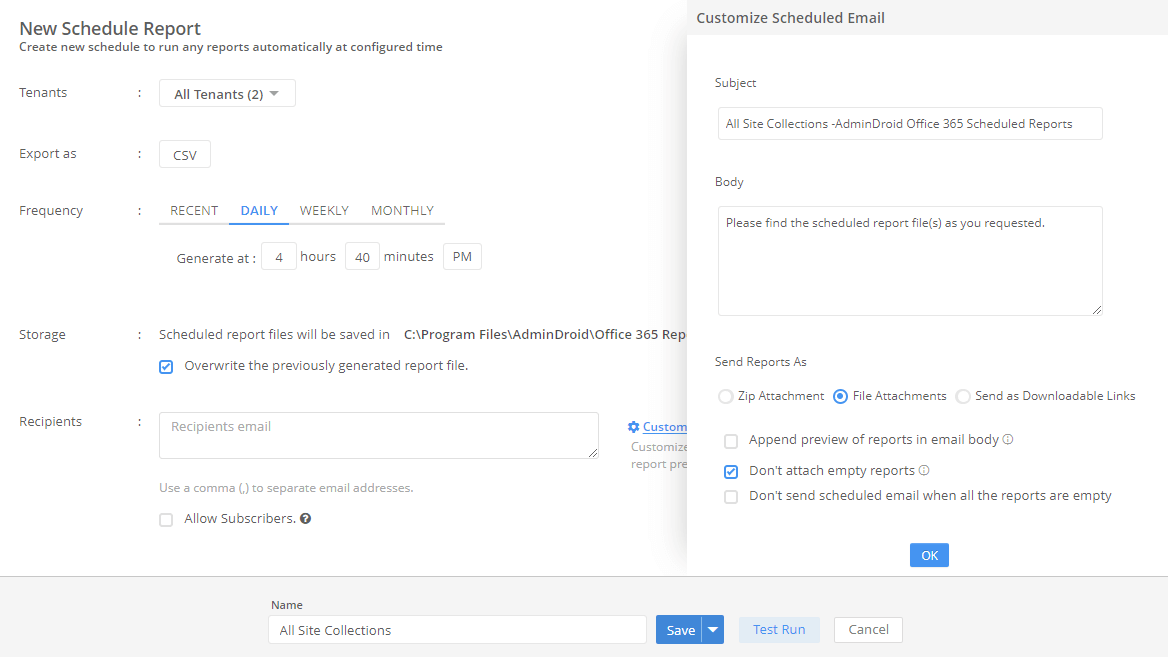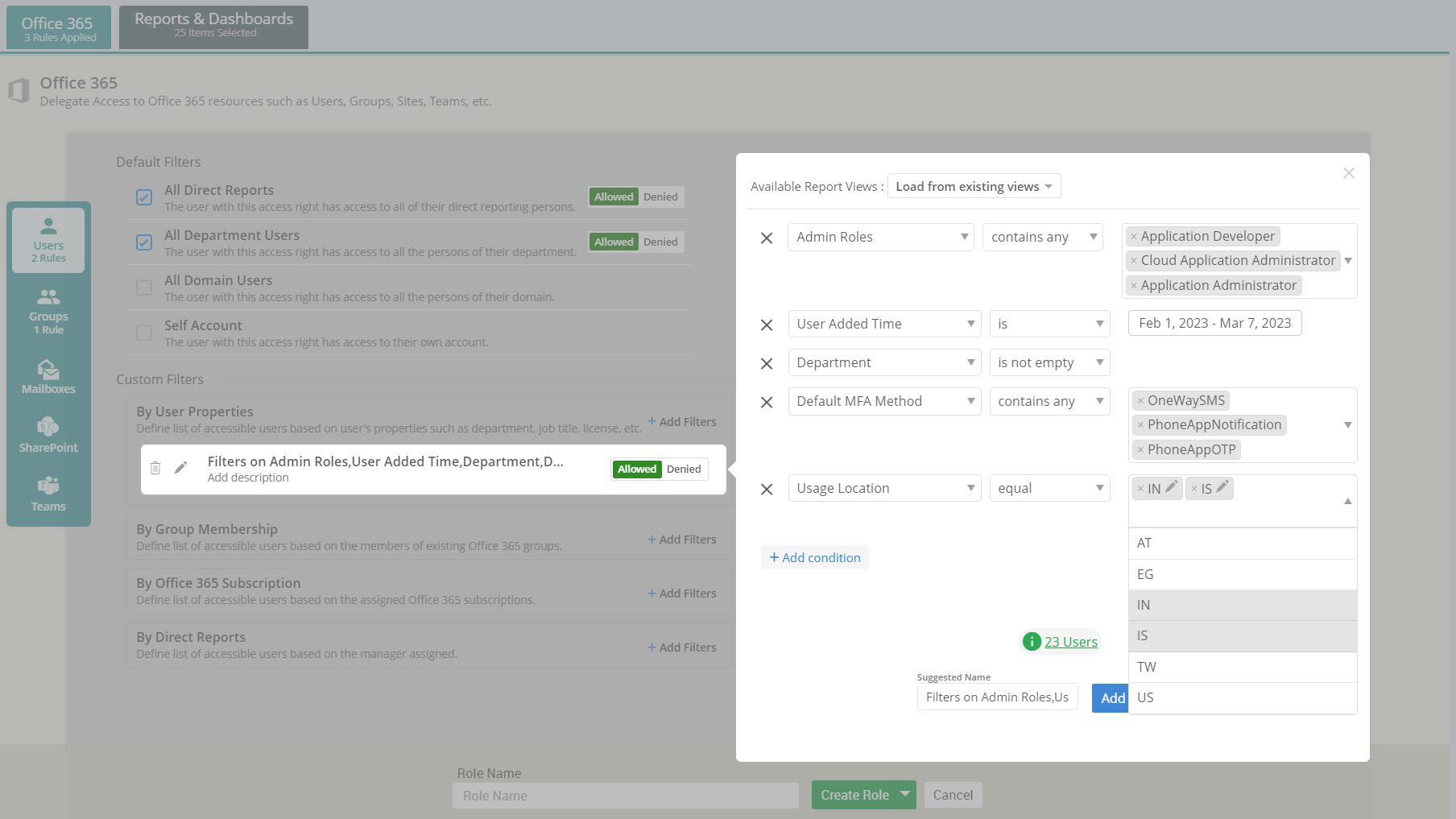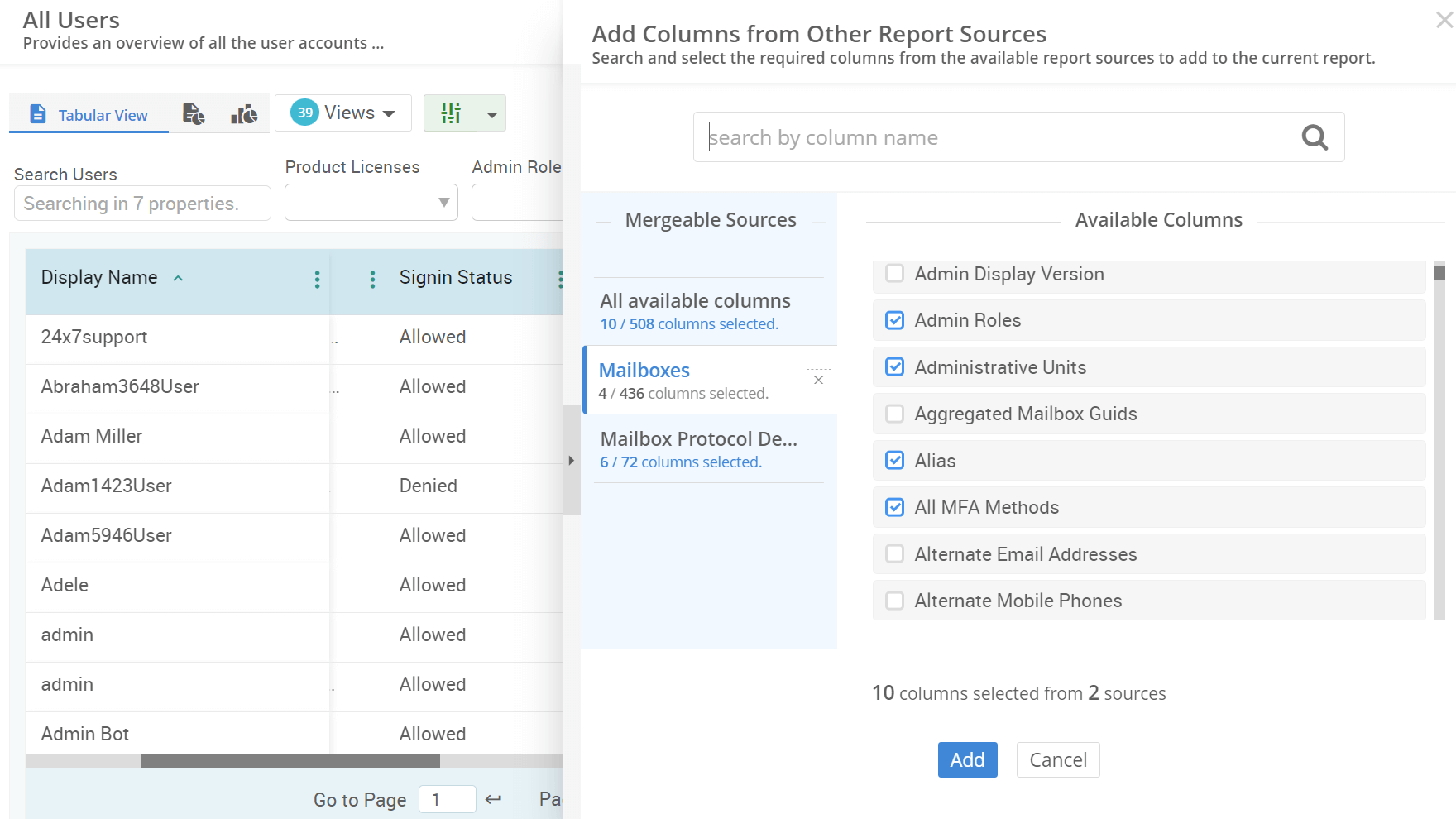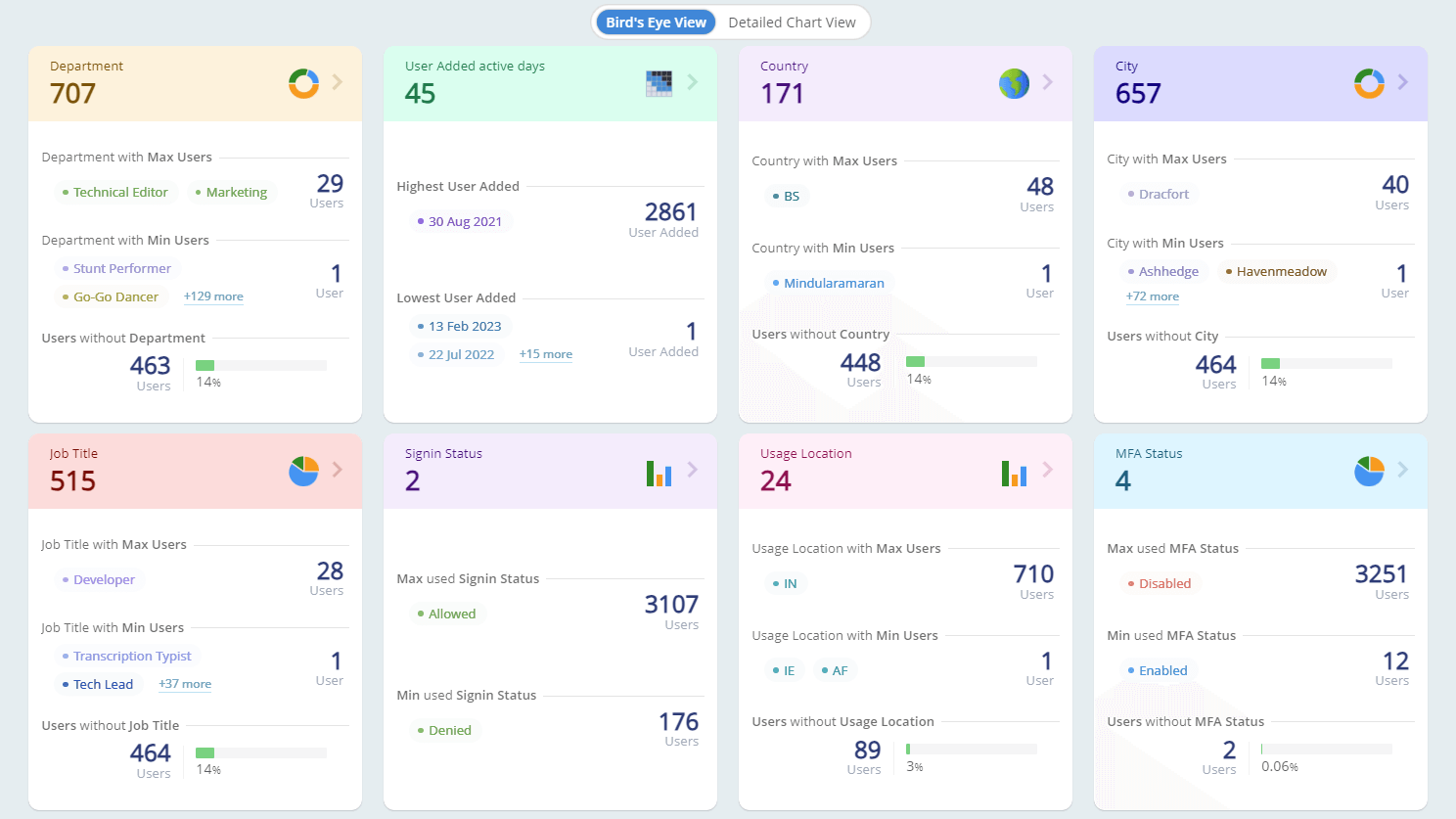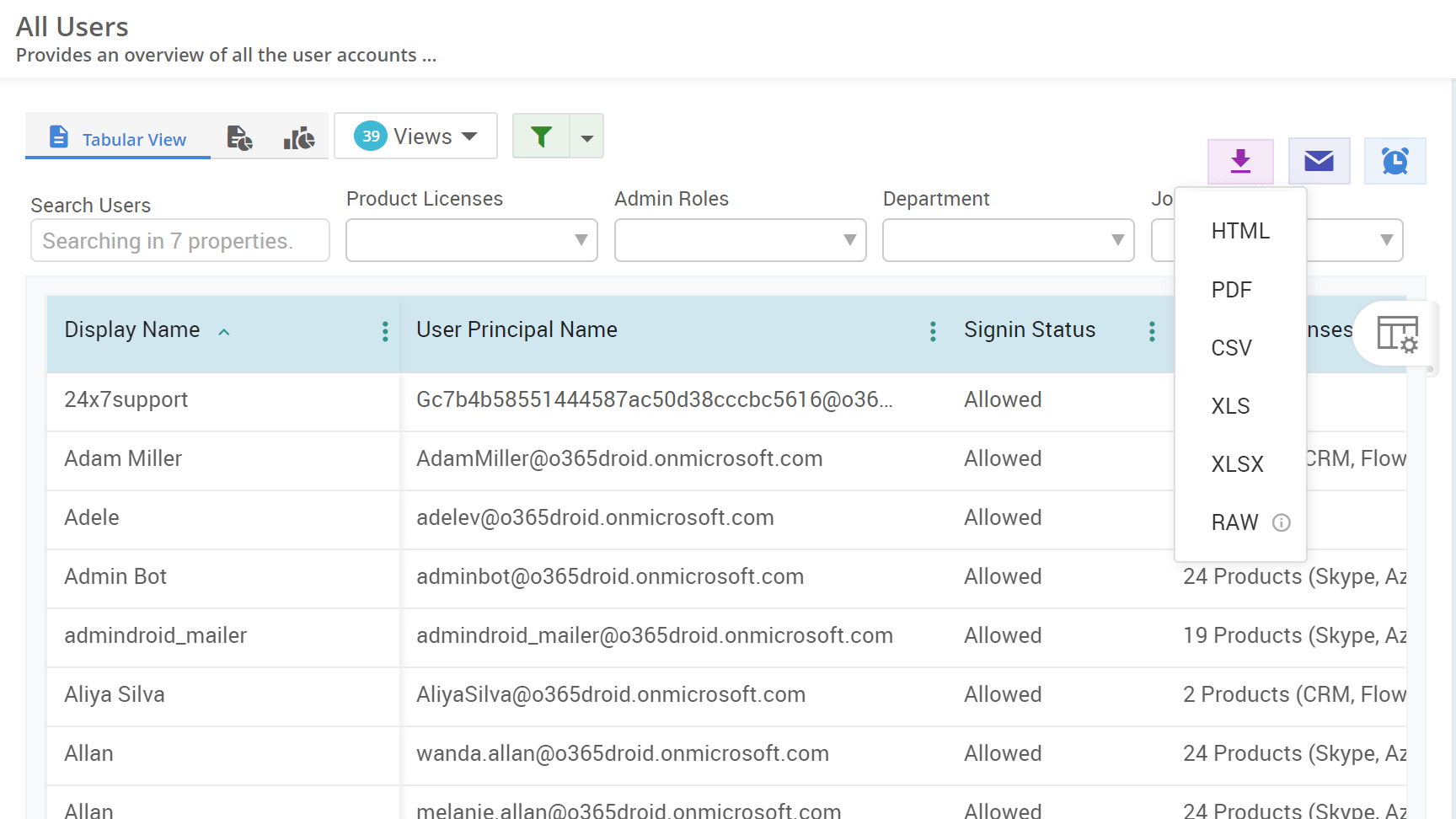Managing quarantined emails in Microsoft 365 involves several actions such as releasing emails, deleting messages, previewing messages, viewing message headers, and blocking a sender.
Admins need to understand these operations as they are crucial in maintaining email security and effective management of quarantined messages. We will dive deep into each of these actions in the following sections.
Deleting quarantined emails in Microsoft 365 is a crucial task for admins, not only to eliminate potentially harmful content and maintain security but also to manage storage space effectively. By removing suspicious emails, you prevent the risk of malicious content being inadvertently released. Additionally, you can free up storage space consumed by these quarantined messages.
- On the Microsoft 365 Defender quarantine page, click on the message you want to delete.
- Click on the "More" (ellipses) dropdown and select Delete from quarantine.
- A flyout pane will appear with the "Permanently delete the message from quarantine" option.
- Please note that this option permanently deletes your message to free up storage space, making it unrecoverable.
- If not selected, the quarantined message is removed from the quarantine page but can still be retrieved within the 30-day default retention period.
- Finally, click “Delete” to confirm the action.
You can also delete a quarantined message via PowerShell using the 'Delete-QuarantineMessage' cmdlet.
Examining the body of a quarantined email without releasing it to the intended recipient is a crucial step. This helps admins in determining whether the email poses a security threat or if it has been mistakenly flagged. By previewing the message, admins can make informed decisions about whether to release, delete, or investigate the email further, thereby protecting the organization from potential cyber security threats.
- In the Microsoft 365 Defender portal, go to the quarantine page and select the message you want to preview.
- Click on "Preview message", and a flyout pane will appear where you can preview the content of the quarantined mail.
To preview a quarantined message via PowerShell, you can use the 'Preview-QuarantineMessage' cmdlet.
Inspecting the message header of a quarantined email allows admins to inspect details about the email's routing and origin. It helps to analyze the email source, understand its path through servers, and identify security issues or reasons for quarantine. By examining the message header, admins can assess the email's legitimacy and take appropriate action to protect the organization's email environment.
- Navigate to the quarantine page in the Microsoft 365 Defender portal and select the message for which you want to view the header.
- Click on the "More" (ellipses) dropdown and select "View message headers".
- A flyout pane will appear where you can view the message header of the quarantined mail and infer key details such as the email's source, path, authentication results, quarantine reasons, and more.
While Microsoft 365 admin portals lack dedicated reports to audit quarantine activities, AdminDroid offers a robust solution!
- With AdminDroid's quarantined mails report, you can effortlessly monitor and manage quarantine email activities, ensuring enhanced security and control.
- This report provides details on actions performed, who executed them, when they were done, the result status, etc.
Pro Tip: Use the easy filter operation to audit specific activities, such as when a user releases a quarantined message, to track and analyze these actions effectively.











